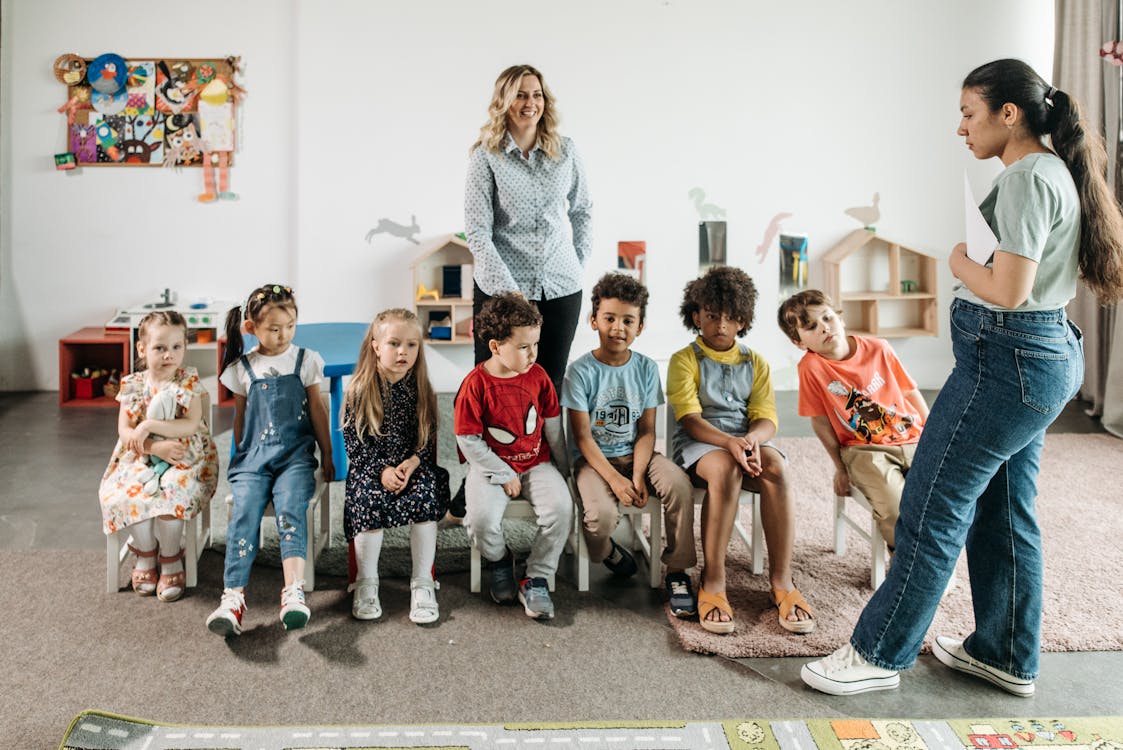In the dynamic realm of education, one of the greatest challenges for teachers is to ignite and sustain motivation among students. Motivation serves as the driving force behind learning, propelling students to explore, engage, and excel in their academic pursuits. However, fostering motivation in the classroom requires more than just enthusiasm; it demands a thoughtful approach that recognizes and caters to the diverse needs and interests of students. Here are some valuable tips for teachers to inspire and motivate their students effectively:
1. Establish a Positive Learning Environment:
Create a
classroom atmosphere that is conducive to learning and encourages
participation. Foster mutual respect, trust, and support among students and
between students and teachers. A positive environment sets the stage for
motivation to flourish.
2. Set Clear Goals and Expectations:
Clearly communicate
learning objectives and expectations from the beginning. Establishing
achievable goals provides students with a sense of direction and purpose,
motivating them to work towards success.
3. Make Learning Relevant:
Relate classroom content to
real-life situations and students' interests whenever possible. Demonstrating
the practical application of knowledge helps students understand its
significance and relevance, making learning more meaningful and motivating.
4. Offer Choice and Autonomy:
Empower students by providing
opportunities for choice and autonomy in their learning journey. Allow them to
select topics, projects, or activities that align with their interests and
learning styles, fostering a sense of ownership and intrinsic motivation.
5. Provide Constructive Feedback:
Offer specific and timely
feedback that focuses on students' efforts, progress, and areas for
improvement. Positive reinforcement and constructive criticism help students
gauge their performance and stay motivated to excel.
6. Encourage Collaboration and Peer Support:
Foster a
collaborative learning environment where students can work together, share
ideas, and support each other's learning. Peer interactions not only enhance
understanding but also promote motivation through shared experiences and
collective achievements.
7. Incorporate Variety and Creativity:
Keep learning experiences
fresh and engaging by incorporating a variety of teaching methods, activities,
and multimedia resources. Stimulate curiosity and creativity through
interactive lessons, hands-on projects, and multimedia presentations.
8. Celebrate Success and Effort:
Recognize and celebrate
students' achievements, both big and small. Acknowledge their efforts,
progress, and contributions to the learning community, reinforcing a positive
sense of accomplishment and motivation.
9. Embrace Technology:
Integrate technology tools and
resources into the classroom to enhance engagement and learning outcomes.
Leverage educational apps, online platforms, and multimedia resources to cater
to diverse learning styles and interests.
10. Be a Role Model:
Lead by example and demonstrate a
passion for learning and growth. Show enthusiasm, curiosity, and dedication in
your teaching practice, inspiring students to emulate these qualities and
pursue their academic goals with zeal.
In conclusion, motivating students is a multifaceted
endeavor that requires a combination of strategies tailored to individual needs
and preferences. By creating a positive learning environment, setting clear
goals, offering autonomy, and fostering collaboration, teachers can inspire and
empower students to become active, engaged learners who are motivated to excel.
Through dedication, creativity, and empathy, educators can make a profound
difference in the lives of their students, cultivating a lifelong love for
learning.





if you have any doubt please let me know